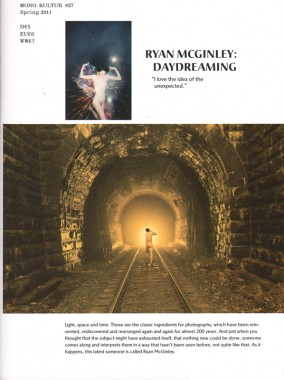
Mono.Kultur 27, Ryan McGinley
Softcover, 44 pp., offset 4/4, 150 x 200 mm
Edition of 5000
ISSN 1861-7085
Published by Mono.Kultur
$10.00 · out of stock
Light, space and time. Those are the classic ingredients for photography, which have been reinvented, rediscovered and rearranged again and again for almost 200 years. And just when you thought that the subject might have exhausted itself, that nothing new could be done, someone comes along and interprets them in a way that hasn’t been seen before, not quite like that. As it happens, this latest someone is called Ryan McGinley.
Ryan McGinley’s steep ascent within the world of photography appears almost as effortless as his images: Born in 1977 in New Jersey, he moved to New York in 1996 to study graphic design at Parsons School of Design, where almost by accident he discovered his love for photography. Incessantly shooting his friends and surroundings, McGinley inadvertently documented the microcosm of youth culture in New York at the turn of the millennium in a body of work that stood out for its energy and optimism, despite the grit and rawness of the images — a style that should later draw comparisons to the work of Nan Goldin, Larry Clark and Robert Frank. In the meantime, McGinley befriended a group of local artists and creative types — among them his close friends Dan Colen and the late Dash Snow — that would soon be hyped as a ‘new movement’ by the press, a label based more on the excessive lifestyle the three had in common than their actual and quite disparate work.
And so for the past ten years, McGinley has continuously been one step ahead, and is already taking the next corner of his young career — like the teenagers in his images, like youth itself, always on the run, always looking for the next thing, but always with the unmistakable energy and optimism and lightness that ultimately characterizes all of his work. Because no one these days sculpts light, space and time quite in the same way as Ryan McGinley.
Anke Schleper, Anna Saulwick, Art, Caroline Heuer, Culture, Dan Colen, Dash Snow, Distribution, Eva Gonçalves, Florian Rehn, Harper Karlotta Heuer, Joel Alas, Kai von Rabenau, Larry Clark, Magdalena Magiera, Mareike Dittmer, Martina Kix, Mono.Kultur, Nan Goldin, Photography, Renko Heuer, Robert Frank, Ryan McGinley, Team Gallery, Tina Wessel, Urs Bellermann, Ute Kuhn
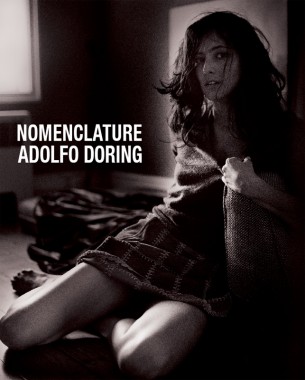
Adolfo Doring, Nomenclature
Softcover, 64 pp., offset 4/4, 8 x 10 inches
Edition of 500
ISBN 978-1-4507-5604-4
Published by DM Art Books
$22.00 ·
Adolfo Doring’s
Nomenclature is deceptively layered with meaning and contexts absorbent from his work in film. Sublime and poetic, Nomenclature is pictorial prose, a visual soliloquy, an imagistic dialogue of the human figure in a kind of call and response with a plethora of variegated environments including urban space as well as the natural world. Doring’s still photography is analogous to a single frame of a film; where he decides to point his camera, whether indoors or outdoors, is akin to a film’s locale; and the placement of images mapped within
Nomenclature is as much a directorial decision as it is of editing.
— Raul Zamudio
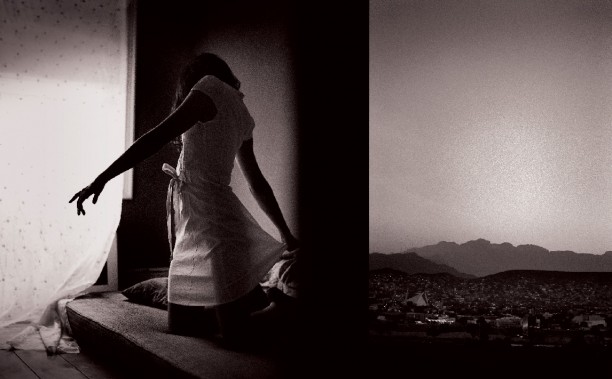
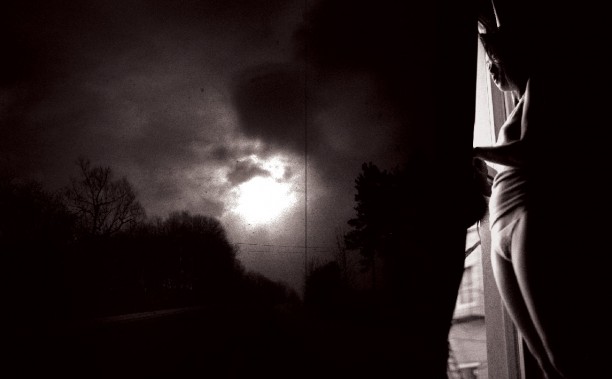
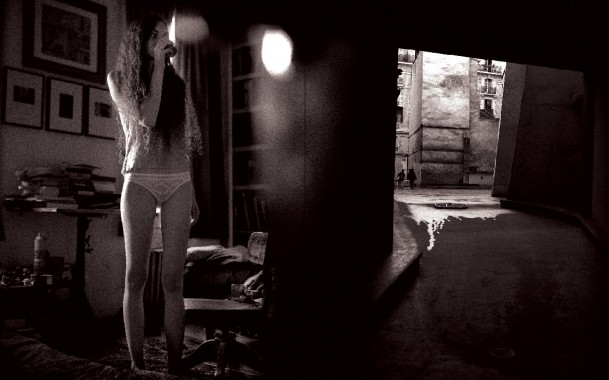
Adolfo Doring, Distribution, DM Art Books, Eugène Atget, Fashion, Film, Harold Pinter, Henri Cartier-Bresson, Michael Snow, Photography, Raul Zamudio, Robert Frank, William Henry Fox Talbot
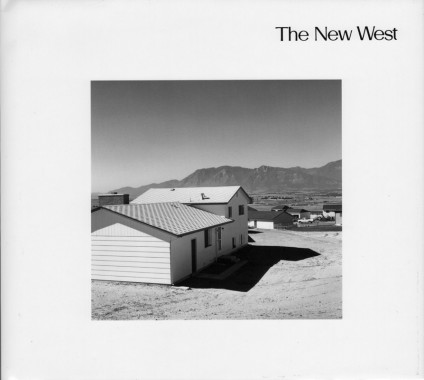
Robert Adams, The New West
Softcover, 136 pp., offset 1/duotone, 260 x 230 mm
Edition of 2000
ISBN 9781597110600
Published by Aperture
$45.00 ·
Originally published in 1974, Robert Adams’ The New West signaled a paradigm shift in the photographic representation of American landscapes. Foregoing photography’s traditional role of romanticizing the Western landscape, Adams focused instead on the construction of tract and mobile homes, subdivisions, shopping centers and urban sprawl in the suburbs of Colorado Springs and the Denver area. Adams transmuted these zones with his minimalist vision of their austerity; as he has noted, “no place is boring, if you’ve had a good night’s sleep and have a pocket full of unexposed film.” Objective and direct, Adams’ photographs, rendered in his signature middle-gray scale, unsentimentally depict a despoiled landscape washed in the intense Colorado sunlight. Today The New West stands alongside Walker Evans’ American Photographs, Robert Frank’s The Americans and Stephen Shore’s Uncommon Places in the pantheon of landmark projects on American culture and society. This second reissue of the classic publication has been recreated from Adams’ original prints.
Aperture, Art, DAP, John Szarkowski, Photography, Robert Adams, Robert Frank, Stephen Shore, Walker Evans
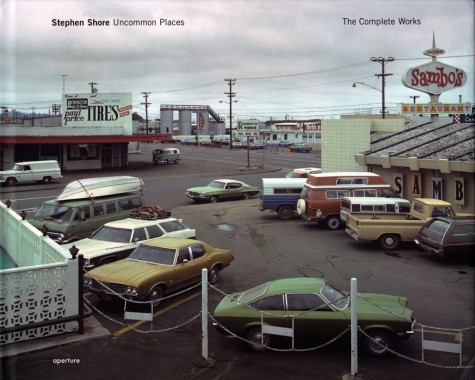
Stephen Shore, Uncommon Places
Hardcover, 188 pp., offset 4/4, 12.75 x 10.5 inches
Edition of 5000
ISBN 9781931788342
Published by Aperture
$55.00 ·
Published by Aperture in 1982 and long unavailable, Stephen Shore’s legendary Uncommon Places has influenced a generation of photographers. Among the first artists to take color beyond advertising and fashion photography, Shore’s large-format color work on the American vernacular landscape stands at the root of what has become a vital photographic tradition. Uncommon Places: The Complete Works presents a definitive collection of the original series, much of it never before published or exhibited. Like Robert Frank and Walker Evans before him, Shore discovered a hitherto unarticulated version of America via highway and camera. Approaching his subjects with cool objectivity, Shore’s images retain precise internal systems of gestures in composition and light through which the objects before his lens assume both an archetypal aura and an ambiguously personal importance. In contrast to Shore’s signature landscapes with which Uncommon Places is often associated, this expanded survey reveals equally remarkable collections of interiors and portraits. As a new generation of artists expands on the projects of the New Topographic and New Color photographers of the seventies — Thomas Struth (whose first book was titled Unconscious Places), Andreas Gursky and Catherine Opie among them — Uncommon Places: The Complete Works provides a timely opportunity to reexamine the diverse implications of Shore’s project and offers a fundamental primer for the last 30 years of large-format color photography.
Andreas Gursky, Aperture, Art, Catherine Opie, DAP, Lynne Tillman, Photography, Robert Frank, Stephan Schmidt-Wulffen, Stephen Shore, Thomas Struth, Walker Evans






